Architecture and style
Architecture has experienced layers of time. Every other layer considers the earlier layers’ inspiration, whether to evolve a more enhanced or detailed version of the past or to remove the older version and regenerate a new concept of innovation. This cycle of development and procedure of innovation encapsulates the spectrum of styles in architecture. Designing and modeling an exterior or an interior is always a follow-up of architectural style and the concept behind the particular design, although the concept is derived as per the space, requirements, and the philosophy engaged in a project, perhaps style is either blended into the design inspired from different eras or developed from the fusion of old ethics and new trends.
Evolution of style
Every architectural era has established its style: the question that arises here is -how did the expression of design and style evolve, and what was the instigation of this continuous evolution?
From ancient civilizations to futuristic development, we have seen inventions in construction and technology which directed the path of innovation in the development of architecture and style. For example, when the Romans invented concrete, they developed straight elevated structures into the domical ones. Hence architecture evolved with the enhancement of technology.

Besides technical advancement, new philosophies and leading revolutions supported the foundation of the development of the architecture and style, Baroque style believed in beautification and ornamentation of buildings, and they emphasized the detailing of their structure through floral inscriptions, metallic aesthetics, on the other hand, Renaissance-style denied the idea of ornamentation and turned towards simplicity.
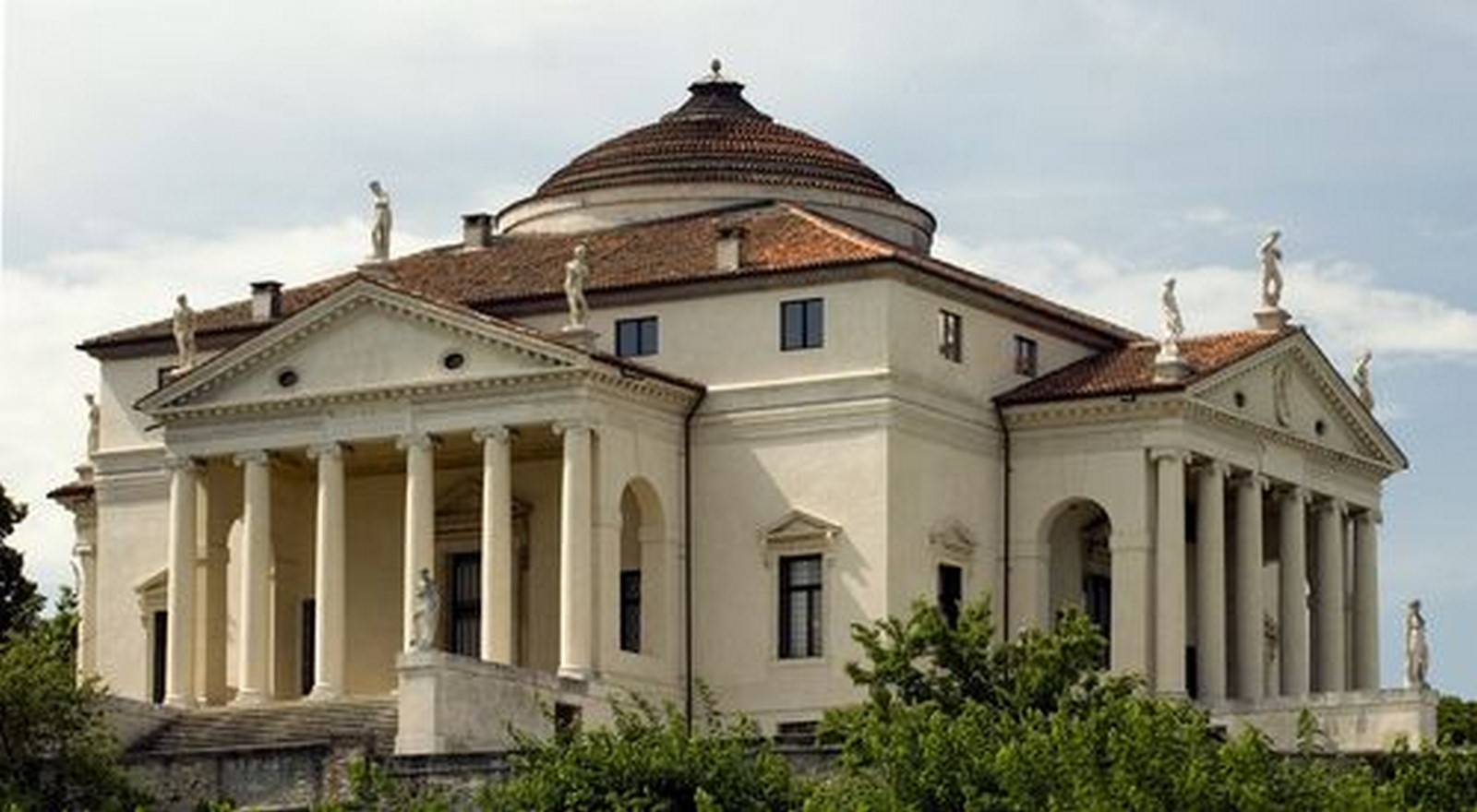
Towards modern architecture
When the idea of refining the building aesthetics through carving intricate detailing and patterns made by skilled craftsmen was replaced by the use of iron metal in modeling building elevation via machinery led to an innovation termed modernization. The industrial revolution created a drastic change in the vision of designing the buildings where many architects and artists appreciated the new technology and many were against it. The period of the mid-19th century and the post-industrial revolution provoked the design styles of the architects toward modern architecture. Modern architecture focused on the utility of a building rather than its aesthetics and sentiments.
Modern architecture
Modern architecture established its existence when the vision of designing and developing the structures became experimental and functional, and the visualization of aesthetics turned to simplicity. A streamlined form opted over ornamentation and intricate carvings. The highly ornate and decorated interiors and exteriors of gothic and baroque styles were replaced by sharp lines, functional yet simple furniture, a subtle color palette for the interiors, and clean and straight facades for the exterior of the interior of the building. After the industrial revolution, glass was introduced as a new material that developed the concept of building glass facades in residential and commercial buildings.


Architects together laid the foundation of the modern architecture with their input of design and innovation with materials and technology: and introduced various design movements such as functionalism which; was ideally seen through Bauhaus and Chicago School of architecture that worked on the function of the building over its form and aesthetics for example- Fagus Boot Factory, Falling Water building, The Chicago Building, Villa Savoye (5 Points of architecture by Le Corbusier), etc. The motive of this movement is expressed through the saying- “Form follows function” by F.L.Wright and later Internationalism movement created a concept of simplicity and less detailed façade as said, “Less is more” by Ludwig Mies Vander Rohe and on the new direction of designing the structure was introduced by Monolithism movement which empowered the form of the building and considered that “Function fits into the form” for example- MOMA, New York, Marina City Chicago, Old World Trade Centre, etc.
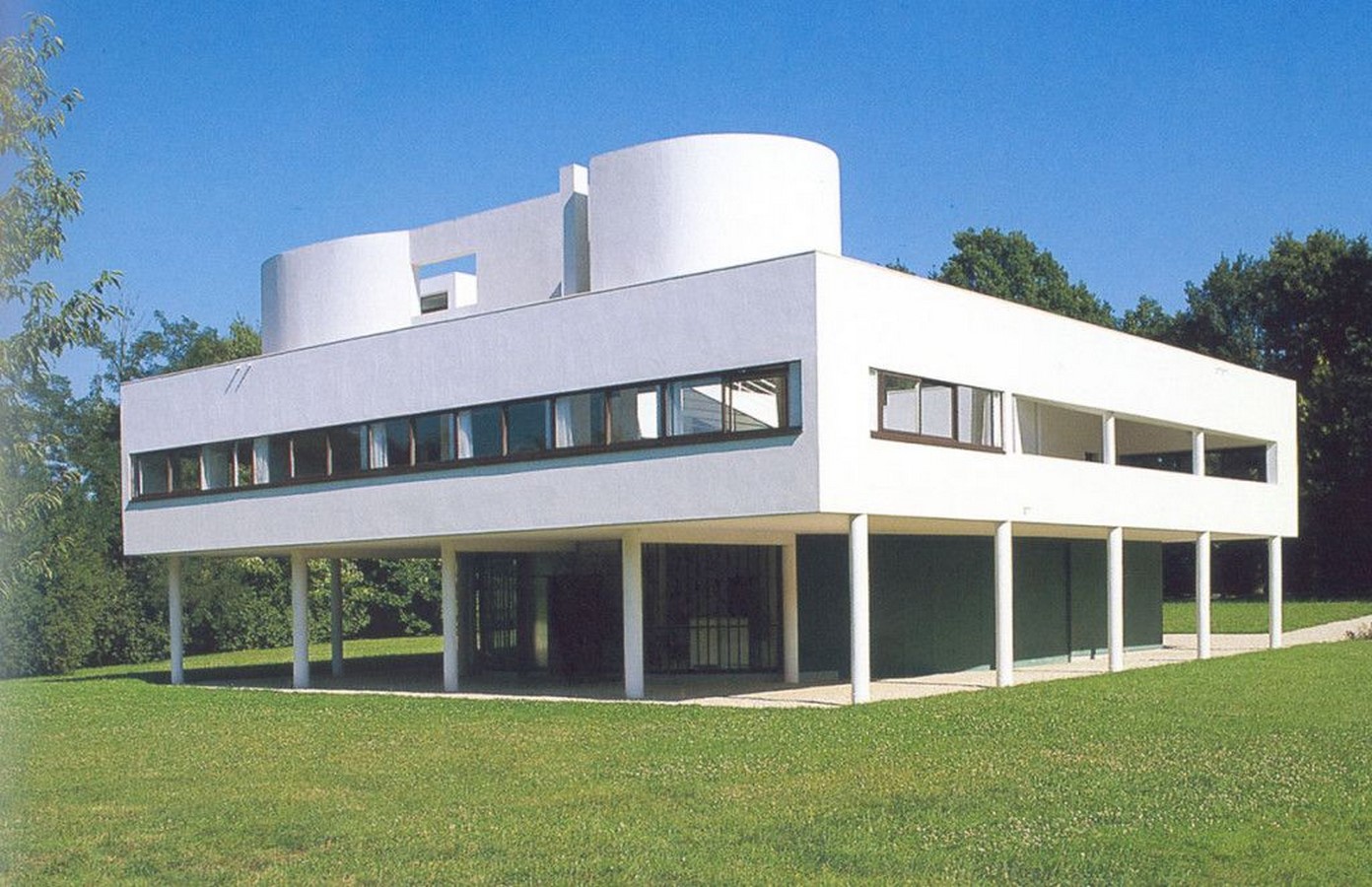
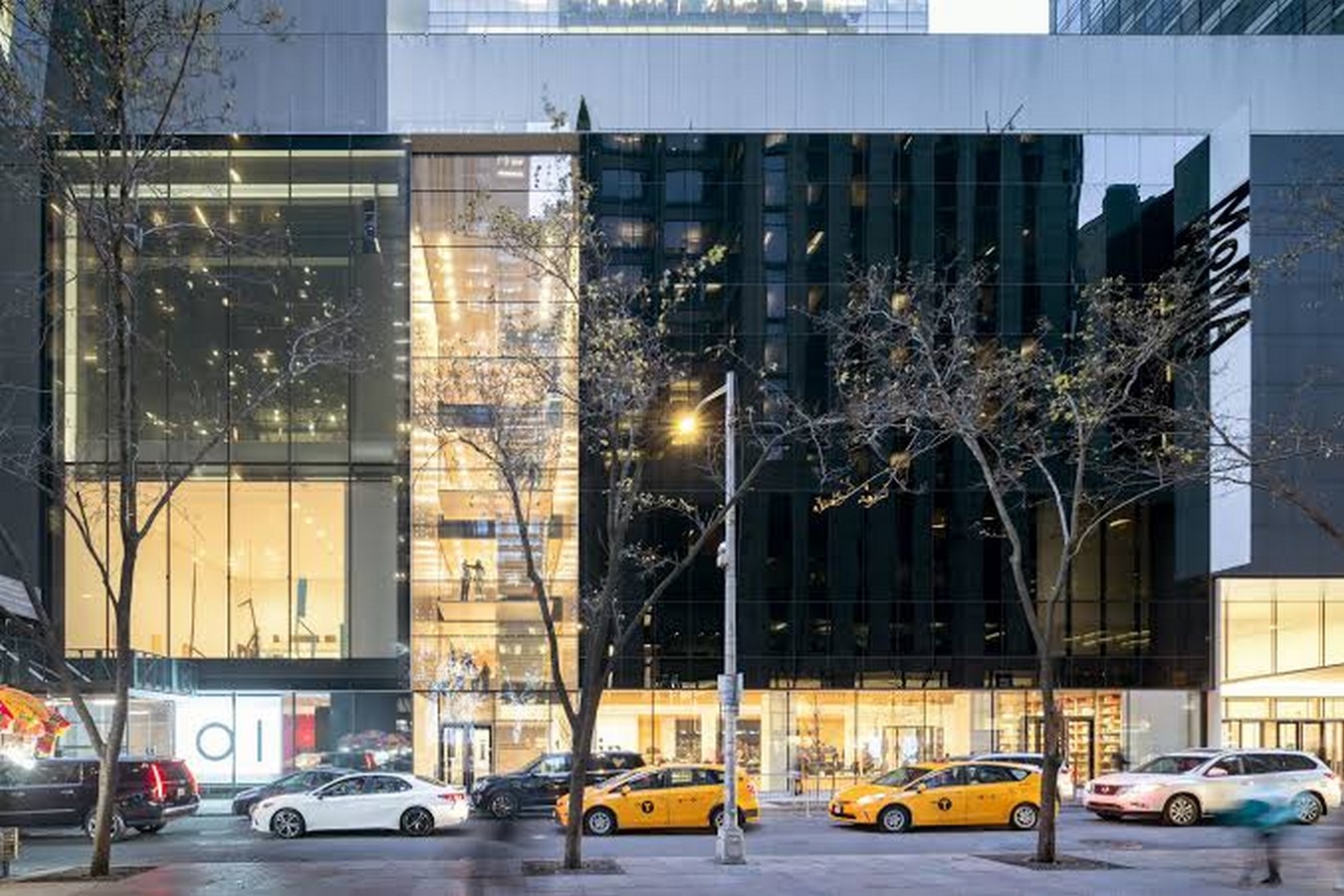

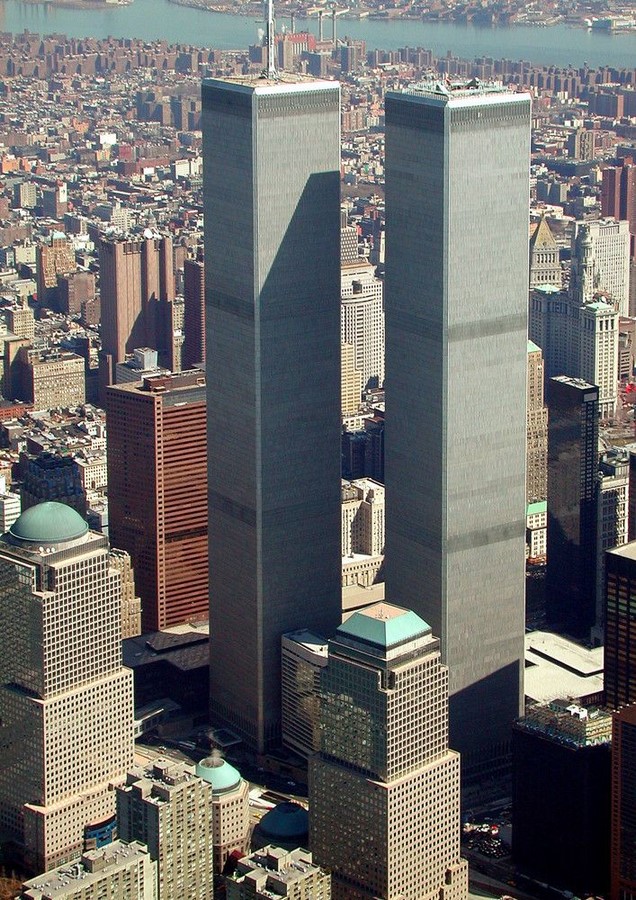
Contemporary Architecture: The trend of its time
As illustrated above, modern architecture has been described in different phases concerning its ideology and design style, irrespective that contemporary architecture is free from such definitions. The simple way to elaborate Contemporary architecture is that the design style follows the trend of its time, and unlike following a design era and some specific ideology, it is an experimental form of designing the buildings.


Contemporary architecture created its philosophy after the modernism era came to an end; following post-modernism, eclecticism, high-tech architecture, and futuristic architecture today, we can find a blend of different architectural styles and different architectural elements in every structure constructed after modernism. Architects like Frank Gehry, Zaha Hadid, Peter Zumthor, Kengo Kuma, etc. have designed structures with very different concepts rather than following a certain style that has been followed for years. Some of the famous designs of these architects are- Guggenheim Museum, Morpheus Hotel, Kolumba Museum, and V and A Dundee Museum.
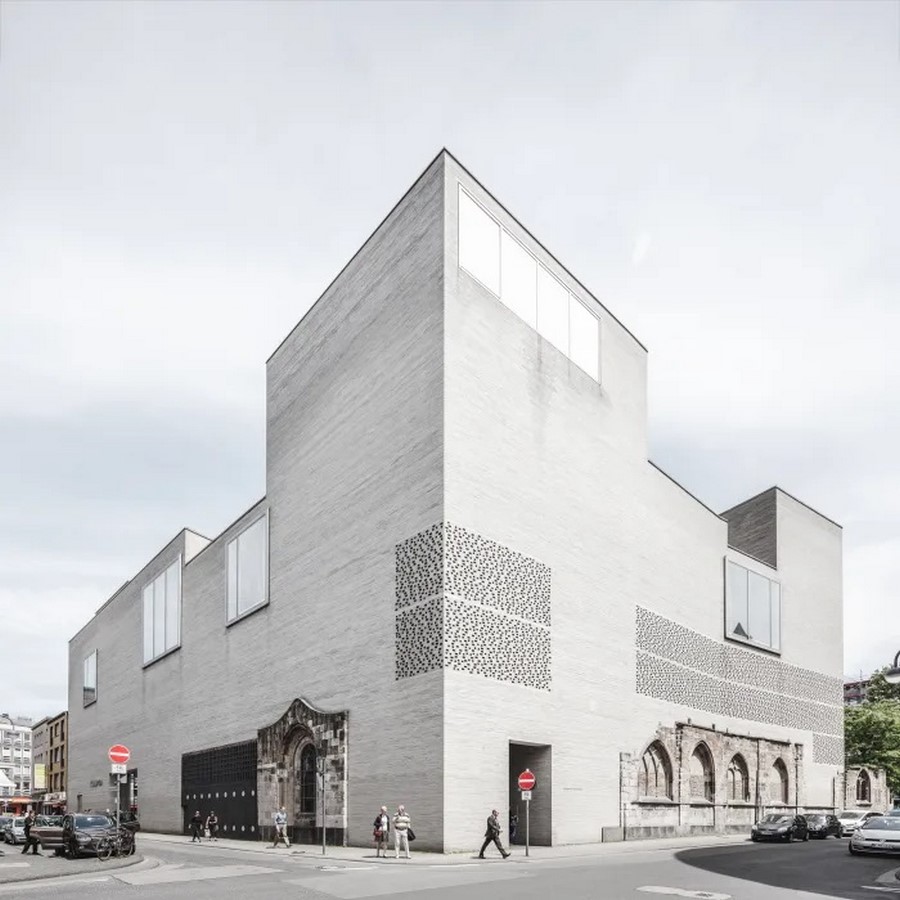

Contemporary architecture: Today’s demand
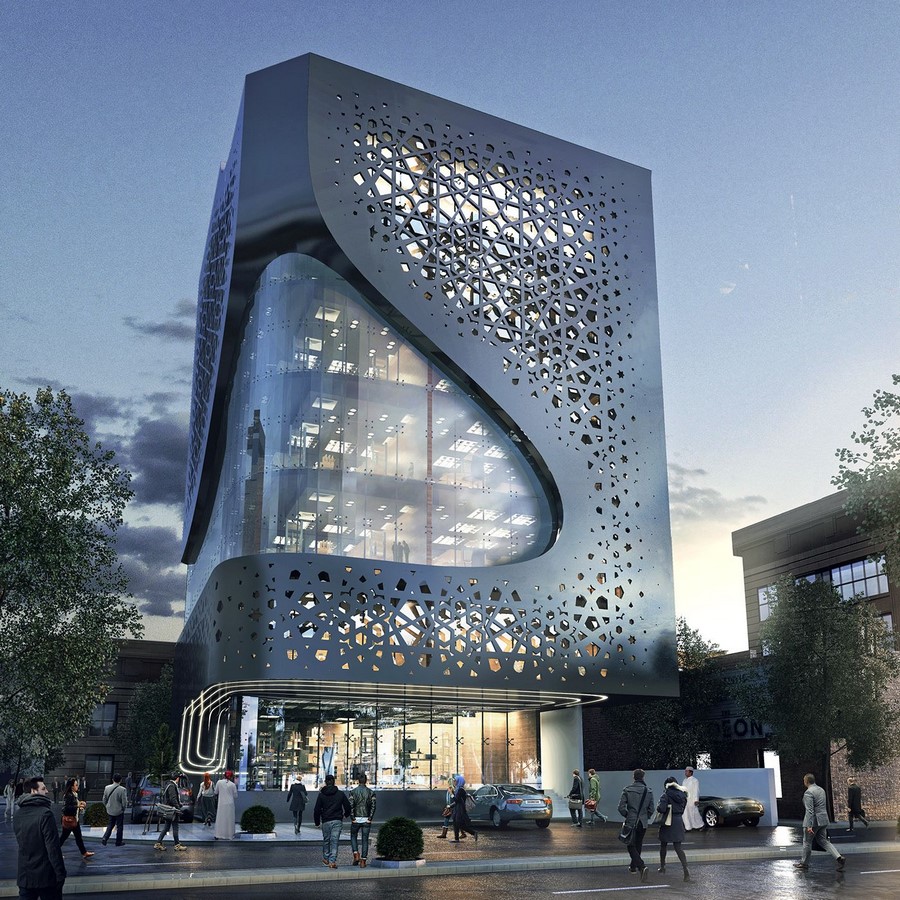
We live in a time that demands newness and the creation to sustain the futuristic development; in this speedy stepping culture, the architecture and building sector is the contemplation of this advanced culture. Hence the futuristic demand has become the requirement to be resolved in the present and upcoming structures. Every new building has to stand with the newness of its concept that has to break the chain of retained architecture to date by blending the unique idea with unconventional materials that need to be innovative, modular, and sustainable to meet the agendas of climate challenges and technology innovation. Today, architects all over the world are developing a new image of architecture by experimenting with every aspect to meet the advanced future: such as parametric architecture, generative architecture, sustainability, and the metaverse. Sustainability and metaverse are the leading future of technological advancement and modularity in the lifestyle. A sustainable approach is needed to meet the global climate challenge, and metaverse is a newly designed idea with the help of technology to provide virtual engagement of humans with architecture.




























